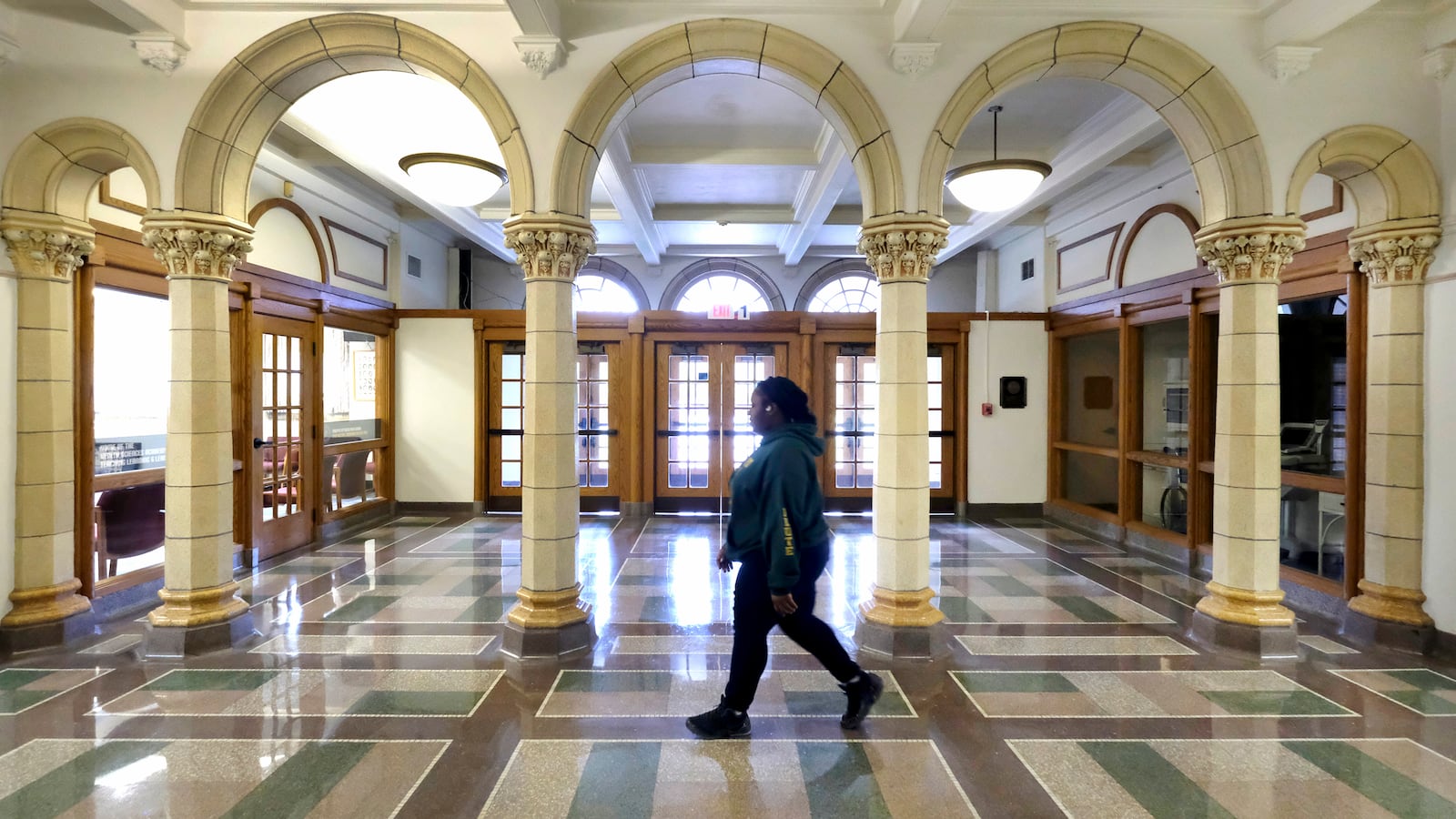A truly integrated high school is hard to find.
That’s the conclusion of a new North Carolina study that takes a look at two kinds of integration: whether students of different races and ethnicities attend the same schools, and whether those students actually sit in the same classrooms.
What it finds is troubling, if not surprising. Across the state, even when high schools appear racially integrated, their classrooms are often racially segregated.
This classroom-level division “can be substantial,” wrote the three Duke University researchers who conducted the study. “To ignore this aspect of segregation … can lead to a seriously incomplete picture.”
The research is notable in its scope, and appears to validate longstanding concerns about academic tracking in high schools. Nationwide, black and Hispanic students are less likely to be enrolled in advanced courses — one key reason for the racial divides between classrooms.
The new North Carolina paper measures segregation on a scale of 0 to 1, with 0 meaning every school reflects the county’s racial demographics and 1 meaning each school is entirely segregated. The study was released by CALDER, a foundation-funded research group.
Looking just at the racial makeup of entire schools, the state’s public elementary schools were significantly segregated by race in 2013, while its high schools were somewhat more integrated. Once the researchers consider segregation at the classroom level, though, high school segregation jumps substantially.
Some places where schools appeared quite integrated on the surface, like Raleigh’s Wake County, actually maintain high levels of classroom-based segregation. And overall, counties that had less school segregation actually tended to have more classroom-level segregation.
They researchers can’t show why this is the case. One hypothesis: “White parents, seeking to have their children assigned to predominantly white classrooms, [may] make a stronger push for those children to be included in separate classrooms in racially diverse schools,” they write.
The study is only based on one state, but a separate 2013 paper looking at three unnamed districts found something similar. Two of the three districts had striking degrees of classroom segregation in their high schools.
These findings don’t surprise Kayla Patrick, an analyst with The Education Trust, an education-focused civil rights group. She recently co-authored a report that found large gaps in black and Latino students’ access to advanced courses nationally. For instance, black students made up 15% of high school enrollment, but only 9% of those in Advanced Placement courses.
Consistent with the North Carolina study, these disparities were largest in racially integrated schools.
“If you walk into your average high school, you might see diverse hallways but not diverse classrooms,” said Patrick.
Academic tracking — sorting students into classes based on their academic skills — likely explains some of the EdTrust and North Carolina findings. Critics of the practice have long warned that it leads to racial isolation within schools.
But it’s not clear tracking explains all of this. Using data from one unnamed school district, EdTrust found that black and Hispanic students were less likely to be in advanced courses than white students with similar test scores. A recent study on access to gifted and talented programs found something similar.
Patrick recommends ensuring that counselors don’t serve as gatekeepers to advanced coursework. Instead, students should be automatically enrolled in the most rigorous courses they’re ready for.
A number of studies show that students of color from low-income families tend to do better in more integrated schools. There is less research on how classroom-level segregation affects students’ outcomes, but what exists raises concerns. The 2013 study of three districts, for instance, found that classroom-level segregation meant that black and Hispanic students were slightly more likely than white students in the same school to have an inexperienced teacher.
More broadly, Patrick argues that this sort of segregation can propagate harmful stereotypes.
“Beyond missing out on critical opportunities, Black and Latino students also are being sent a harmful message that advanced courses are not for them, or worse, that they are not smart enough to participate,” she and colleagues wrote in their report. “It’s a dangerous perception that fuels the persistent gaps in opportunities that exist in schools across the country.”


